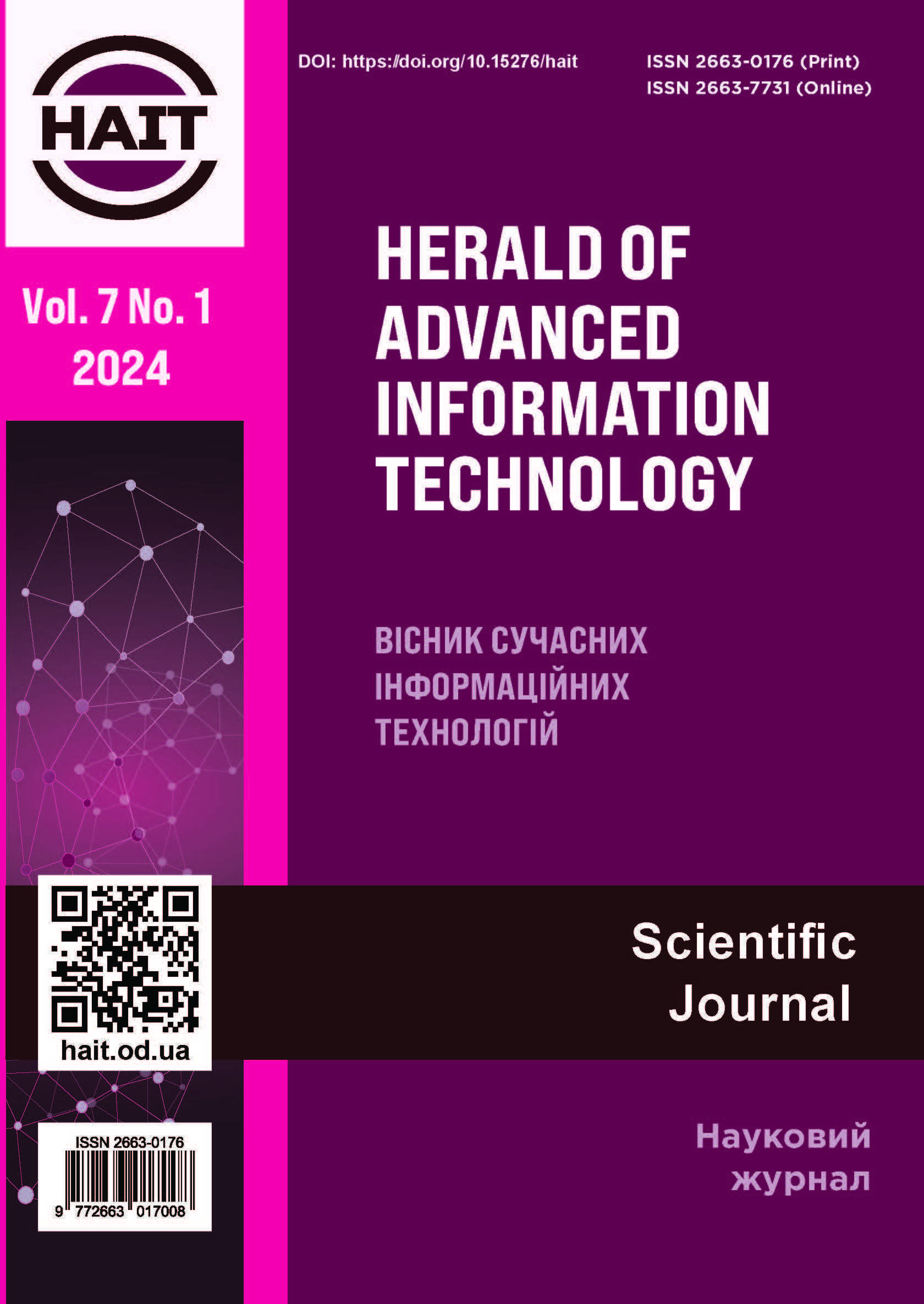Study of the method of controlling the compatibility of Internet of Things devices based on the MQTT application layer protocol
DOI:
https://doi.org/10.15276/hait.07.2024.4Keywords:
Internet of Things, device compatibility, interaction protocol, temporal logic of actionsAbstract
Amid the rapid development of the Internet of Things and its impact on various areas of life, ensuring compatibility between different system components is becoming an urgent task. This is especially important in the context of developing and integrating Internet of Things systems with a high level of diversity and dynamism. In this article, we consider the problem of interoperability of Internet of Things components, focusing on application layer protocols that are key to ensuring intercomponent interaction. The main purpose of the article is to develop and validate a model that will optimize the processes of interaction between system components, taking into account the specifics of protocols. The model is based on the use of temporal action logic, which provides formal verification of interactions between components and allows identifying potential compatibility problems at the early stages of development. The developed model has been tested using a software simulator that allows simulating various scenarios of interaction in the Internet of Things network. The experimental results demonstrate the effectiveness of the proposed methodology in increasing the level of interoperability between system components, which in turn reduces the risks of data loss and ensures the stability of Internet of Things systems. Due to the in-depth analysis and development of specialized methods and tools, this study makes a significant contribution to the development of theoretical and practical aspects of interoperability. However, to further improve the accuracy and versatility of the model, additional empirical studies with a larger data set are recommended.








